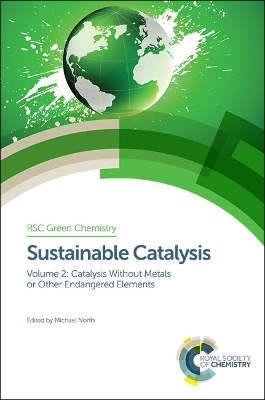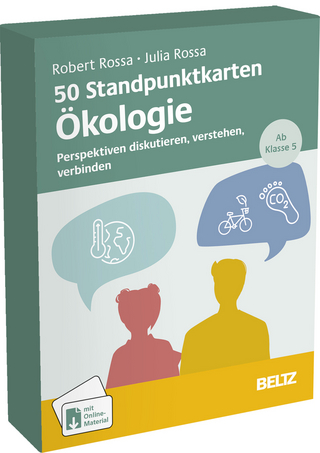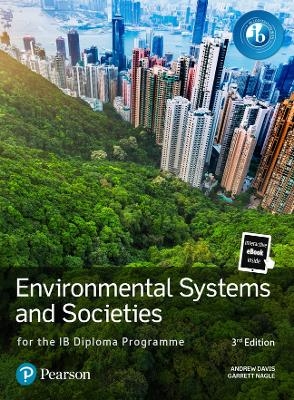
Sustainable Catalysis
Royal Society of Chemistry
978-1-78262-057-0 (ISBN)
Catalysis is a fundamentally sustainable process which can be used to produce a wide range of chemicals and their intermediates. Focussing on those catalytic processes which offer the most sustainability, this two-part book explores recent developments in this field, as well as examining future challenges. Focussing on catalysis without metals or other endangered elements, each chapter covers a different type of organocatalyst. Beginning with chapters on acid and base catalysis, the book then concentrates on asymmetric catalysis. Several chapters cover pyrrolidine-based and cinchona alkaloid-based catalysts, whilst other chapters examine further organoctalysts which are constructed only from sustainable elements. Together with “Sustainable Catalysis: With Non-endangered Metals”, these books examine the progress in sustainable catalysis in all areas of chemistry, and are an important reference for researchers working in catalysis and green chemistry.
Michael North holds the Chair in Green Chemistry at the University of York. He is also Joint Chair of the CO2Chem, an EPSCR-supported Grand Challenge Network examining CO2 chemistry. His research interests are in green organic chemistry, especially sustainable catalysis and the utilization of sustainable feedstocks including CO2.
Introduction; Base Catalysis in Non-asymmetric Synthesis; Homogeneous Acid Catalysis in Non-asymmetric Synthesis; Heterogeneous Acid Catalysis in Non-asymmetric Synthesis; Proline as an Asymmetric Organocatalyst; Prolinamides as Asymmetric Organocatalysts; Prolinols and their Carbon Ethers as Asymmetric Organocatalysts; Prolinol Silyl Ethers as Asymmetric Organocatalysts; Other 2-substituted Pyrrolidines as Asymmetric Organocatalysts; Hydroxyproline Derivatives as Asymmetric Organocatalysts; Other Substituted Pyrrolidines as Asymmetric Organocatalysts; Other Amino Acids as Asymmetric Organocatalysts; Peptides as Asymmetric Organocatalysts; Non-quaternized Cinchona Alkaloid Derivatives as Asymmetric Organocatalysts for Carbon-Carbon Bond Forming Reactions; Non-quaternized Cinchona Alkaloid Derivatives as Asymmetric Organocatalysts for Carbon-Heteratom Bond Forming Reactions; Cinchona Alkaloid Derivatives as Asymmetric Phase Transfer Catalysts; Binaphthyl-Derived Cyclic Amines and their Salts as Asymmetric Organocatalysts; Imidazolidinones as Asymmetric Organocatalysts; Ureas and Thioureas as Asymmetric Organocatalysts; N-heterocyclic Carbenes as Asymmetric Organocatalysts; Lewis-base Asymmetric Organocatalysts; Chiral Imidazoles and Pyridines as Asymmetric Organocatalysts; Chiral Guanines as Asymmetric Organocatalysts; Alcohols, Phenols and Carboxylic Acids as Asymmetric Organocatalysts; Index.
| Reihe/Serie | Green Chemistry Series ; Volume 40-41 |
|---|---|
| Zusatzinfo | Numerous chemical structures; 5 Illustrations, color; 20 Illustrations, black and white |
| Verlagsort | Cambridge |
| Sprache | englisch |
| Maße | 156 x 234 mm |
| Themenwelt | Naturwissenschaften ► Biologie ► Ökologie / Naturschutz |
| Naturwissenschaften ► Chemie ► Physikalische Chemie | |
| ISBN-10 | 1-78262-057-5 / 1782620575 |
| ISBN-13 | 978-1-78262-057-0 / 9781782620570 |
| Zustand | Neuware |
| Haben Sie eine Frage zum Produkt? |
aus dem Bereich


